Related Research Articles
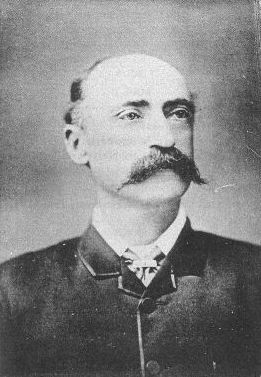
William Ernest Powell Giles, best known as Ernest Giles, was an Australian explorer who led five major expeditions to parts of South Australia and Western Australia.
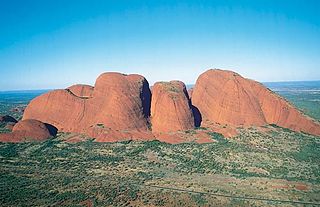
Kata Tjuṯa, also known as The Olgas and officially gazetted as Kata Tjuta / Mount Olga, is a group of large, domed rock formations or bornhardts located about 360 km (220 mi) southwest of Alice Springs, in the southern part of the Northern Territory, central Australia. Uluṟu / Ayers Rock, located 25 km (16 mi) to the east, and Kata Tjuṯa / The Olgas form the two major landmarks within the Uluṟu-Kata Tjuṯa National Park. The park is considered sacred to the local Aboriginal community.

Baron Sir Ferdinand Jacob Heinrich von Mueller, was a German-Australian physician, geographer, and most notably, a botanist. He was appointed government botanist for the then colony of Victoria, Australia by Governor Charles La Trobe in 1853, and later director of the Royal Botanic Gardens in Melbourne. He also founded the National Herbarium of Victoria. He named many Australian plants.
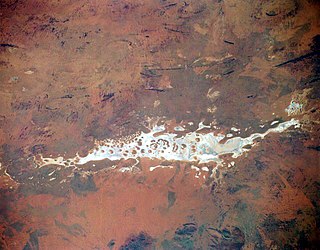
Lake Amadeus is a large salt lake in the southwest corner of Northern Territory of Australia, about 50 kilometres (31 mi) north of Uluru. The smaller Lake Neale is adjacent to the northwest. It is part of the Amadeus Basin that was filled with the erosion products of the Petermann Orogeny.

The Australian Overland Telegraph Line was an electrical telegraph system for sending messages the 3200 kilometres between Darwin, in what is now the Northern Territory of Australia, and Adelaide, the capital of South Australia. Completed in 1872, it allowed fast communication between Australia and the rest of the world. When it was linked to the Java-to-Darwin submarine telegraph cable several months later, the communication time with Europe dropped from months to hours; Australia was no longer so isolated from the rest of the world. The line was one of the great engineering feats of 19th-century Australia and probably the most significant milestone in the history of telegraphy in Australia.
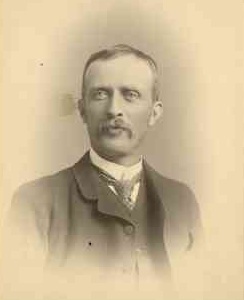
Henry Yorke Lyell Brown FGS was an Australian geologist.
The following lists events that happened during 1874 in Australia.
On 22 June 1883, the Geographical Society of Australasia started at a meeting in Sydney, New South Wales, Australia. A branch was formed in Victoria in the same year. In July 1885, both the Queensland and the South Australian branches started.
The Petermann Ranges are a mountain range in central Australia. They run 320 km (200 mi) across the border between Western Australia and the southwest corner of the Northern Territory.

Alfred Giles, born in Datchet, England, was a South Australian bushman, drover and explorer who crossed Australia from south to north seven times, mostly in connection with the building of the Overland Telegraph Line 1870–1872.
The Kelly Hills are a mountain range at the southern end of the Northern Territory of Australia. It is located in the locality of Petermann directly north of the Musgrave Ranges and about 50 kilometres (31 mi) northeast of Amaṯa in South Australia. Its highest point is about 870 metres (2,850 ft) above sea level. Mount Robert, at the eastern end of the range, is about 796 metres (2,612 ft) above sea level. The area is known as Aputjilpinya in the native Yankunytjatjara language. It forms part of an important Mala Dreaming track that runs between Uluṟu and Ulkiya.
Gill Pinnacle is an inselberg located in the far east of Western Australia, on the Ngaanyatjarra Lands. It's part of the Petermann Ranges. It consists of a dome-shaped hill, surrounded by dense mulga; its top is bare rock. The hill has been useful as a landmark, because it marks the location of one of the area's most reliable freshwater rockholes, Gordon's Springs. This is located a few hundred metres to the north of the rock.
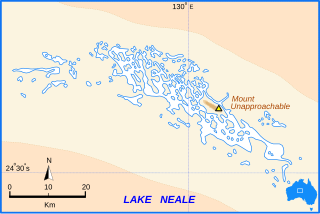
Lake Neale is a salt lake in the southwest corner of the Northern Territory of Australia. It is on the north-western side of Lake Amadeus. The two lakes form part of a chain of salt lakes that stretches about 500 km (310 mi), from Lake Hopkins in the west to the Finke River in the east. This drainage basin is known as the Amadeus Basin. The lake is usually a dry salt pan, and only holds water for short periods after heavy rainfall. Lake Neale is on Aboriginal land, held in the Petermann Aboriginal Land Trust. The Haasts Bluff lands are nearby to the north.
Mount Unapproachable is an isolated mountain in the Northern Territory of Australia located in the locality of Petermann on the northern side of Lake Neale in the territory's southwest. It is about 505 metres (1,657 ft) above sea level. The area is remote: the nearest towns are Kaltukatjara some 116 kilometres (72 mi) away, Kintore some 135 kilometres (84 mi) away and Yulara 138 kilometres (86 mi) away. The mountain is mostly made of sandstone.
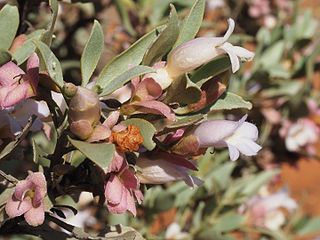
Eremophila tietkensii is a flowering plant in the figwort family, Scrophulariaceae and is endemic to Australia. It is a rounded to flat-topped shrub with grey-green leaves, usually pinkish-purple sepals and mauve, pink or lilac-coloured petals. It is mostly found in Western Australia but also occurs in the far west of the Northern Territory.
Mount Curdie is a mountain in the Northern Territory of Australia, with an altitude of 958 metres (3,143 ft) AHD. It is the highest peak in the Curdie Range, which is a section of the Petermann Ranges. The mountain is located on the southern bank of the Hull River, about 40 kilometres (25 mi) southeast of Kaḻṯukatjara. The Great Central Road passes nearby to the north. At the base of the mountain is the valley through which the Hull River flows. The valley contains a place known to local Aboriginal people as Tjunti, where Lasseter's Cave is located.
Mount Currie is a mountain in the southwest of the Northern Territory, Australia, with an elevation of 564 metres (1,850 ft) AHD. It is part of the same line of conglomerate hills that includes Uluṟu and Kata Tjuṯa. These three formations have very similar compositions. The sheet of conglomerate that is shared by all three is called Mount Currie Conglomerate.

Mount Leisler is the highest point in the Kintore Range in the south-west of the Northern Territory of Australia. Its elevation is 897 metres (2,943 ft) AHD.
The Antakirinja, otherwise spelt Antakarinya, and alternatively spoken of as the Ngonde, are an indigenous Australian people of South Australia.
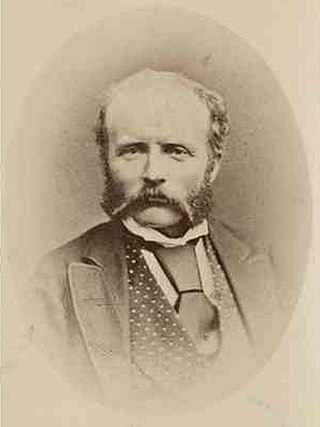
The Tietkens expedition of 1889 was led by William Tietkens. It covered territory west of Alice Springs to the vicinity of the Western Australian border.
References
- ↑ "Bloods Range". Northern Territory Place Names Register. Government of the Northern Territory. Retrieved 3 April 2013.
- ↑ Ernest Giles (2004). Australia Twice Traversed. Whitefish, United States: Kessinger Publishing. p. 206. ISBN 9781419108327.
- ↑ "Man Who Climbed Mt. Unapproachable". The Mail. Adelaide. 22 April 1933. p. 2.
- ↑ Geographical Society of Australasia (9 November 1889). "Mr. Tietkens's Explorations". The South Australian Chronicle. Adelaide. p. 5.
- ↑ William H. Tietkens (1891), Journal of the Central Australian Exploring Expedition, C. E. Bristow, Royal Geographical Society of Australasia, p. 50